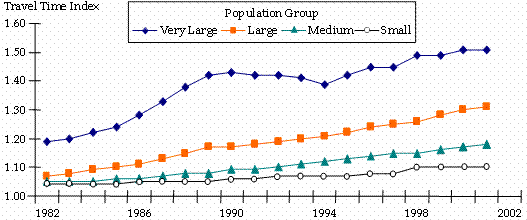Our Existing Solutions
Carpooling is the concept of sharing your car to accommodate more than one person at a time, eliminating the need for riders to drive themselves in separate vehicles.
There are multiple benefits to carpooling such as:
- Shared costs.
- Reducing the number of individual cars on the road.
- Reduction in individual carbon footprint.
- The ability to connect with others during rides—contributing to positive mental health.
The use of backroads to bypass heavy traffic on the main highways is widely known. Here are just some benefits to taking backroads rather than the highway:
- Back roads are typically far more scenic.
- Are often far less crowded resulting in a shorter travel time
- The Flexibility back roads often offer more options for alternative routes if you encounter unexpected road closures, construction, or other obstacles on your journey.
- Easier to avoid accidents on highways and on the main roads which are more prone to accidents due to higher speeds and heavier traffic. By taking back roads, you may reduce the risk of getting involved in a collision.
- Less stressful driving that you experience. Traffic jams can be frustrating and stressful for drivers which can lead to road rage and accidents. Choosing back roads can offer a more relaxed driving experience with fewer vehicles and less aggressive driving behavior.
Our New Solutions
- Metering traffic onto freeways so that there will be less cars to combat with.
- Optimizing the timing of traffic signals so there will be no chance of a blockage.
- Faster and anticipatory emergency responses to traffic incidents to clear them out of the way for motorists to pass.
- Adding more capacity for highway, transit and railroads.
- Providing real-time information on transit schedules and arrivals.
- Monitoring the security of transit patrons, stations, and vehicles.
- Anticipating and addressing special events that cause surges in traffic.
- Adding travel lanes on major freeways and streets.
- Adding capacity to the transit system such as buses, urban rail or commuter rail systems.
- Closing gaps in the street network.
- Removing bottlenecks.
- Overpasses or underpasses at congested intersections.
- High-occupancy vehicle (HOV) lanes.


